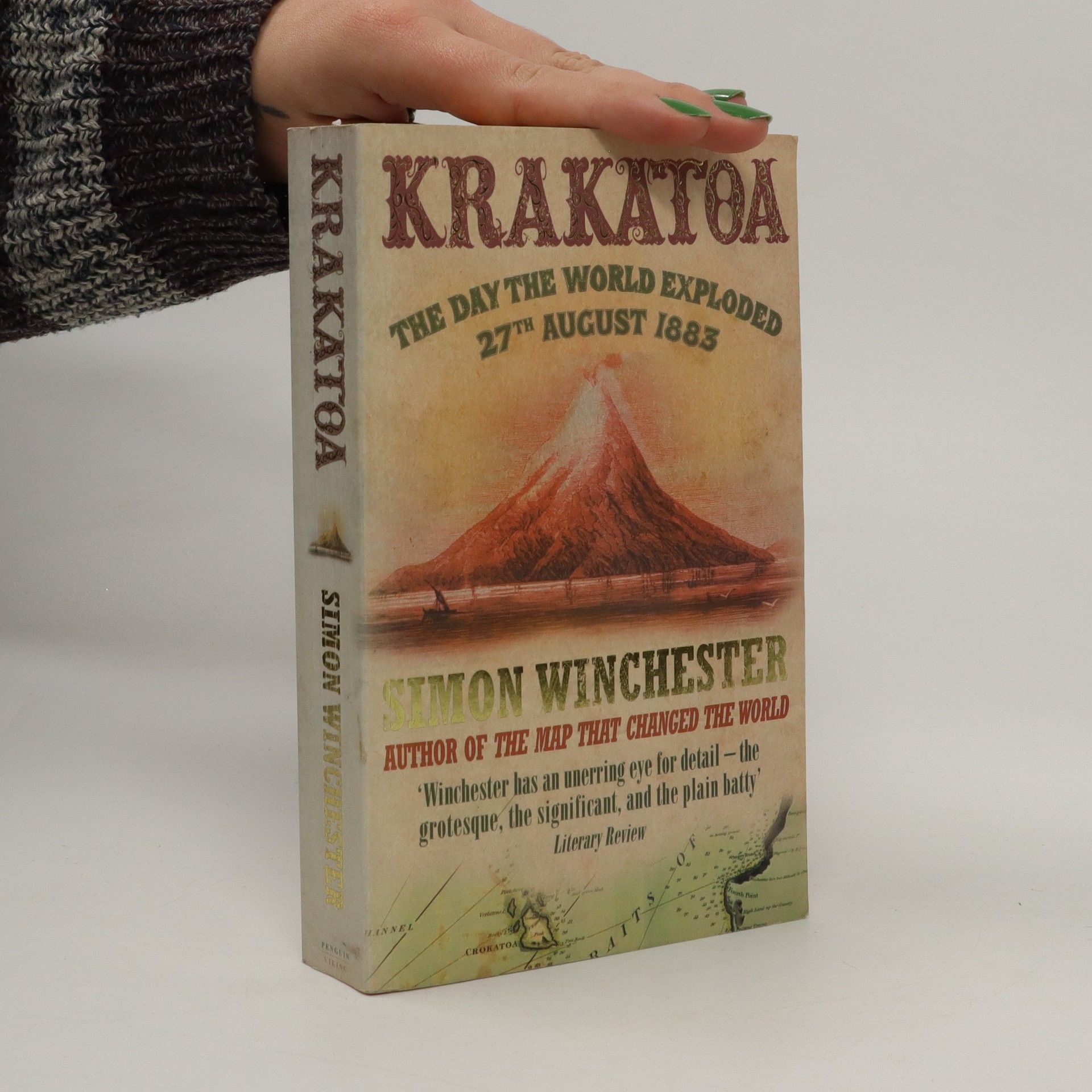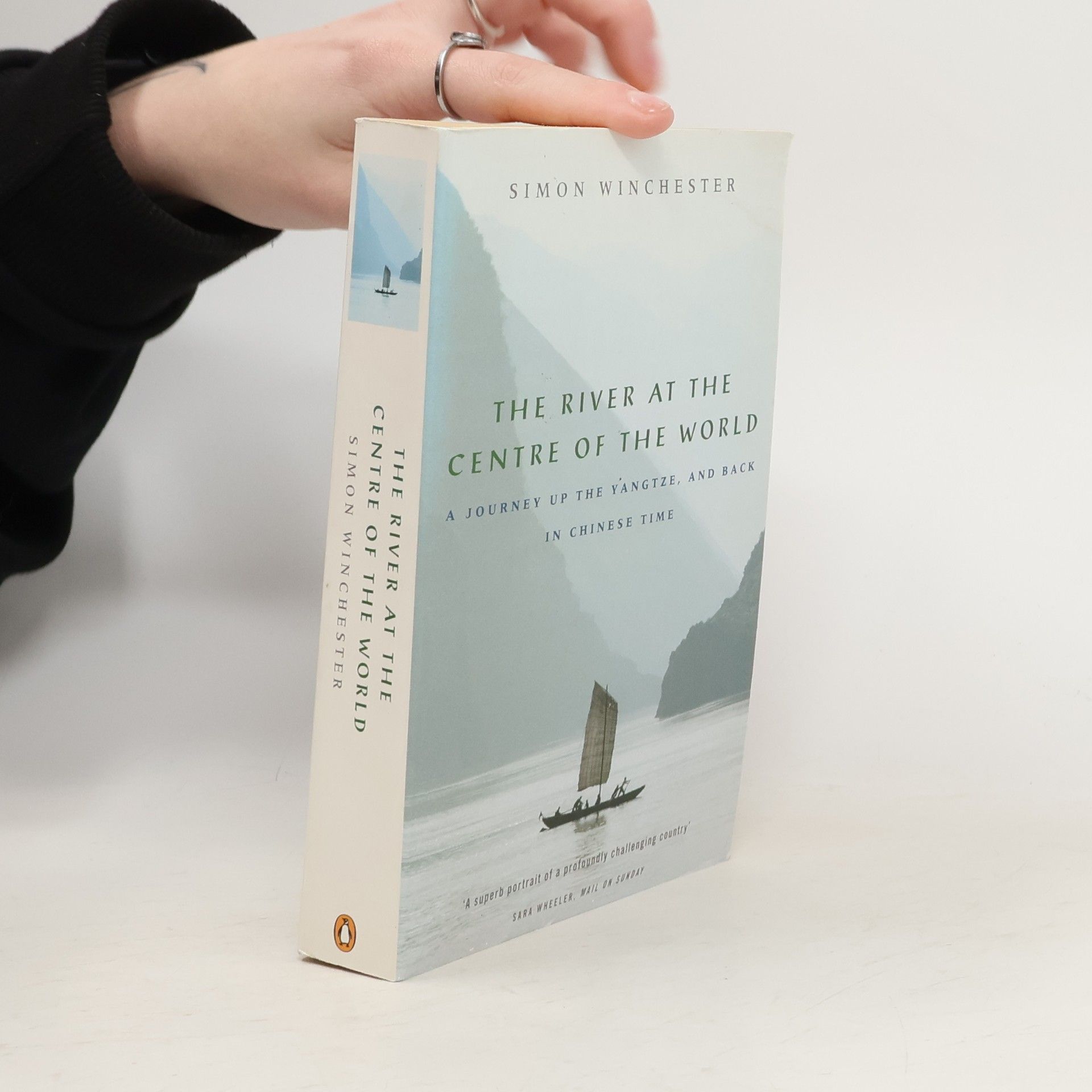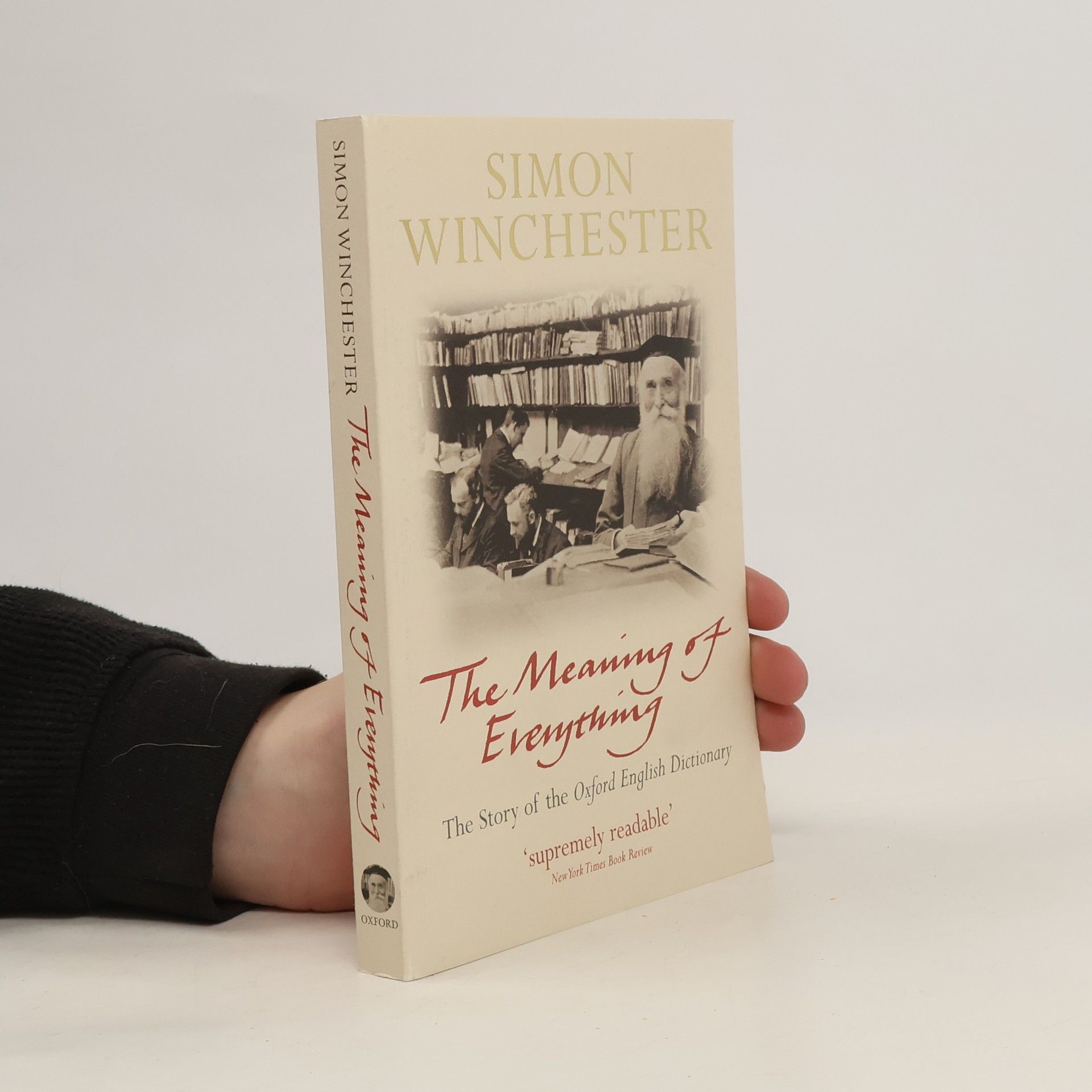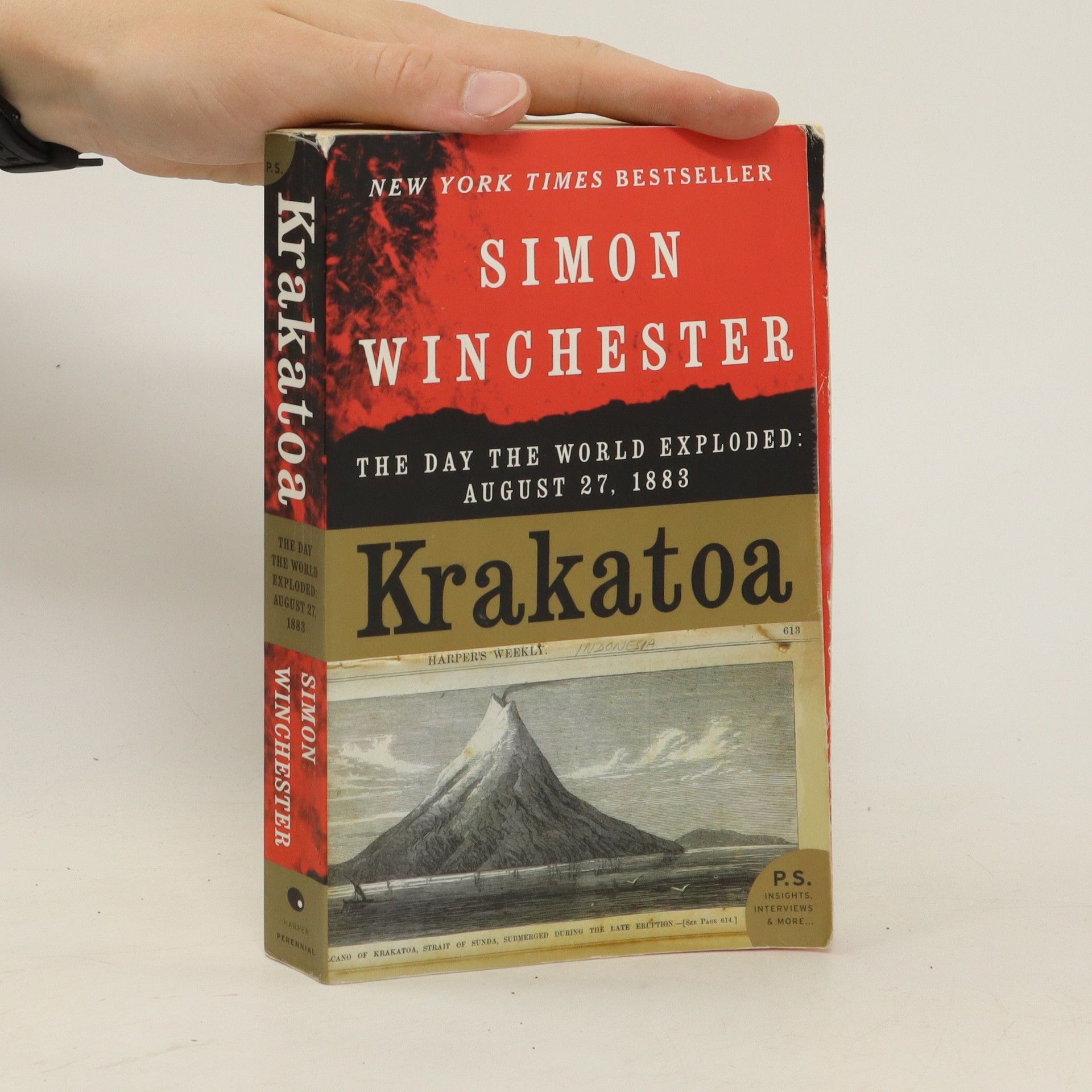Profesor a šílenec
- 288 stránek
- 11 hodin čtení
Vypráví skutečný příběh profesora Jamese Murraye, který se v roce 1857 pustil do jednoho z nejambicióznějších projektů v historii – kompilaci Oxfordského slovníku angličtiny. Přitom si začal dopisovat s americkým chirurgem a veteránem z občanské války Dr. W.C. Minorem , který do svazku přispěl více než deseti tisíci příspěvky. Když se ale po několika odmítnutých návrzích, aby ho přijel navštívit do Oxfordu, vydá Murray přítele hledat, zjistí, že kromě geniálního jazykovědce má co dělat také se šíleným vrahem, hospitalizovaným v Broadmoorském ústavu pro choromyslné. ---- Připravuje se filmová adaptace románu. V hlavních rolích Mel Gibson, Sean Penn a Natalie Dormer.










